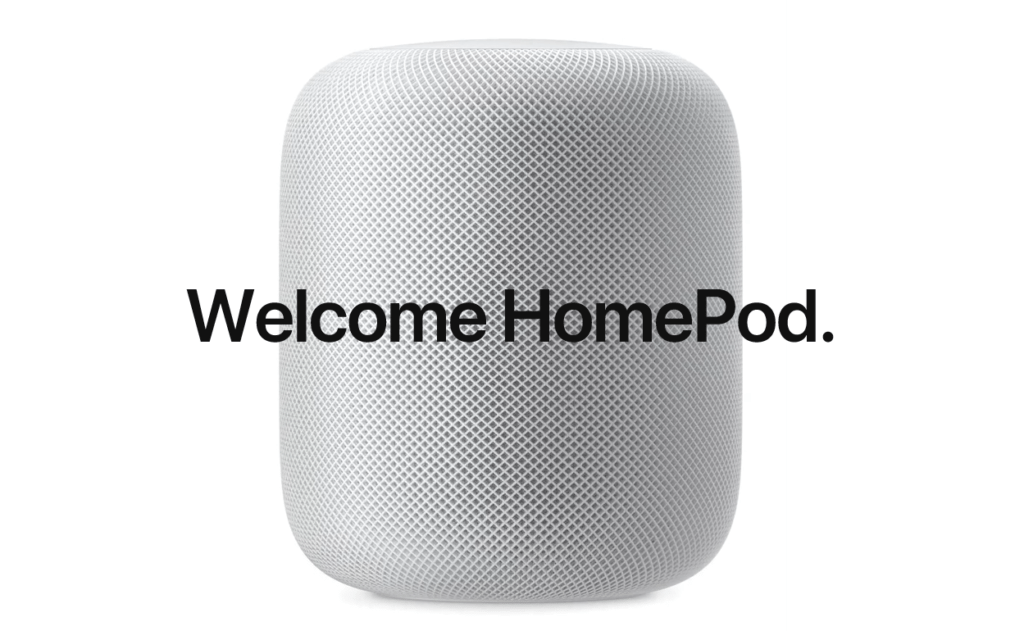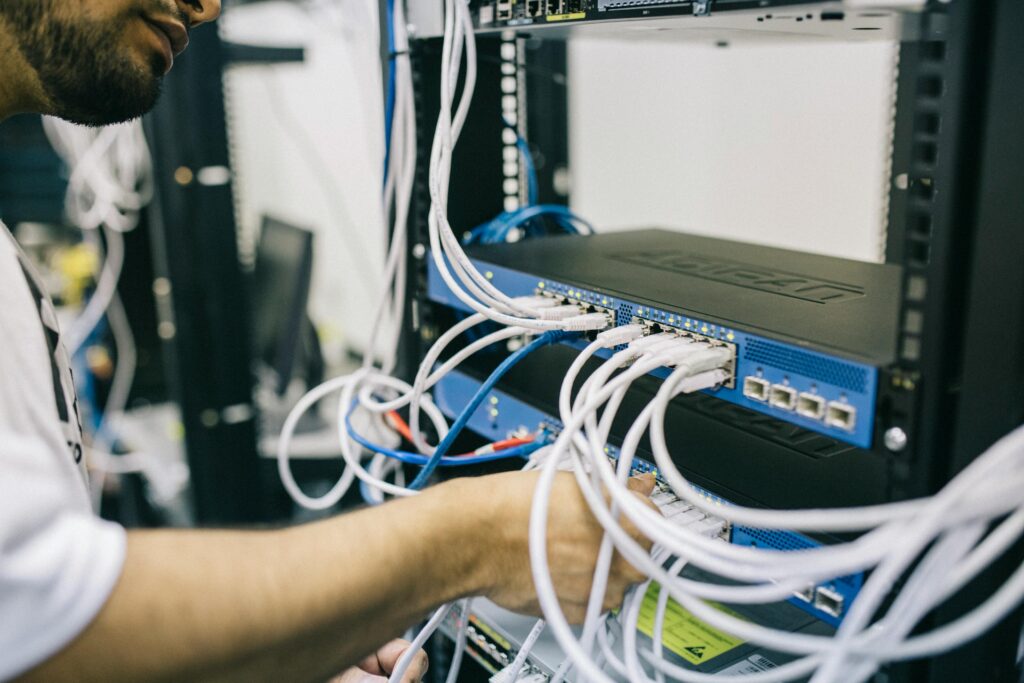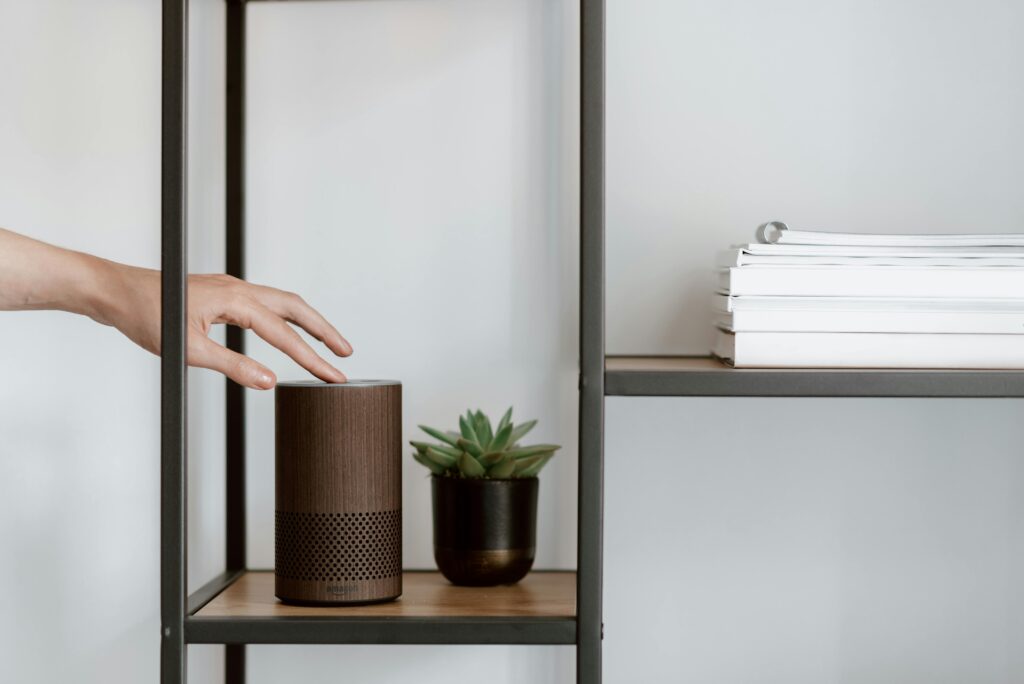If I were to coin one word for this decade it would be “ironic”. The most recent example is the Apple HomePod. Because it seems to approach Amazon’s dominant Echo product in much the same way the Microsoft (disclosure Microsoft is a client of the author) Zune went after the iPod. The only significant difference is that Apple has pulled its release prior to it being embarrassed in market recently, but the same elements apply. Given Apple should know intimately just what the Zune mistakes were, it is shocking that they would try to bring to market their own version.
Let’s revisit Zune and then tie the HomePod mistake back to it.
Recalling The iPod
The iPod was a fascinating product that conventional wisdom would have concluded would have been a failure. Before it came out, the MP3 market was badly fragmented by hard to use MP3 players costing under $200 that were flash memory based and had very little capacity. The iPod was released as a no-compromise product costing over $400 that was easy to use, and—for the time—had more capacity than most needed. It did one thing well, and it did it very well—it managed and played music. It became a showcase of how to release a product, because it was wrapped with a significant marketing budget, it was tightly focused on that one skill, and compared to everything else it was relatively uncompromised.
It did have exposures in terms of cost, an inability to do anything else but play music, and it didn’t work well (initially) with Windows—the then dominant operating system. To compete and displace this product someone would need to come up with something better, that could migrate much of the content automatically to the new platform and did at least one compelling thing that the iPod did not.
Recalling Zune
I’ll never forget the first time I saw the brown (the iconic launch color) of the Zune. On paper it had been a brilliant product and the support staff behind it had done a fantastic job of putting together an ecosystem and getting the recording companies on board. I’d been told the plan was to have a way to migrate the play lists off the iPod and that there had been a huge effort to design something cool that would pull the rug out from under Apple.
On paper this product would do video and share music, two things the iPod could not do (play video and share music), it was generally less expensive than the iPod, and it was far more robust than the iPod. On paper, the Zune was literally an iPod killer. But what was “on paper” apparently never got into the product.
When Microsoft finally showed me the product I thought they were kidding. It was butt ugly. They were afraid of being sued by Apple, so they hadn’t enabled the migration capability. Worse, one of the key features was the ability to share songs legally but that only worked between two Zunes. As for the other killer feature—playing video—they had no video content. They never pushed that the product was more robust, and it was obvious it was ugly.
So, to net this out, Microsoft knew what they needed to do to beat the iPod, and even built about 90 percent of the solution, but it was clear before they ever actually shipped it, it would fail. Yet they shipped it anyway…and it failed.
Amazon Echo
The Echo—much like the iPod was—is dominant in the digital assistant space. It is a bit more mature than the iPod was, but it generally does just a few things well. It answers questions and plays music well. Unlike the iPod, it entered the market without any real competition as the first standalone digital assistant at scale. It had some vulnerabilities (some of which have been corrected): It didn’t have party mode (you couldn’t play the same song on every Echo), the sound quality wasn’t at premium level, it’s promised home automation capability was very limited, it didn’t support iTunes, and it didn’t initially support video. However, unlike Apple and the iPod, Amazon aggressively improved the product and now you can play the same song in every room, and Amazon shipped the Echo Show which supports video.
HomePod
Apple announced their HomePod to address the sound quality issue with the Echo and the lack of iTunes support—unfortunately their initial price was twice what the Echo was. They did address both the sound quality issue with better speakers and they supported iTunes out of the box, but there was no migration path from the Echo to the HomePod for either apps or content. Meanwhile, Amazon improved their speakers and—as noted—brought out video products after the HomePod was announced, and significantly improved their home automation support.
Apple needed a significantly better product than the Echo to be successful. While they announced a marginally better product, by the time it was to be released Amazon had improved their offering so that Apple’s was no longer competitive. So, Apple killed the release of the product, which is what Microsoft should have done with the Zune.
Wrapping Up
Both Microsoft with Apple and Apple with Amazon wanted to bring out products that could displace the then-dominant iPod and now-dominant Echo. Both firms after much soul searching seemed to know what was needed. Microsoft under-executed with the Zune and Amazon out-executed Apple, resulting in both the Zune and the HomePod becoming obvious failures. However, unlike Microsoft who went ahead and released their Zune, Apple avoided the cost and embarrassment of a failure and pulled the product. So, while Apple has yet to showcase they can again have the kind of success against decent entrenched products like they did with the iPhone, at least they partially learned from Microsoft’s mistake and didn’t ship a product that couldn’t compete.
This not only showcases it is better to pull a product than allow it to publicly fail, but that the best strategy to defend—the one that Amazon used—is to update the product aggressively so a competitor like Apple can’t keep up. Amazon effectively out-executed Apple with a better Echo defense than Apple fielded with the iPod, and Apple out-executed Microsoft both with their initial product and their decision to pull the plug. Ironically even though Apple did a far better job than Microsoft did, Amazon’s own execution rendered it moot. So, while the HomePod is effectively Apple’s Zune, unlike the Zune we are likely to forget it ever existed while the Zune created a drag on Microsoft for years.
- The Human Element: HP’s Latest Security Report and My Near-Miss with a Digital Predator - July 11, 2025
- The Mighty Mini: Why HP’s Z2 Mini G1a Workstation Is the Unsung Hero of AI Development - July 7, 2025
- The HP OmniBook X Flip 2-in-1 16-Inch: Your New Digital Swiss Army Knife (Now in Glorious Atmospheric Blue) - June 25, 2025




Comments are closed.